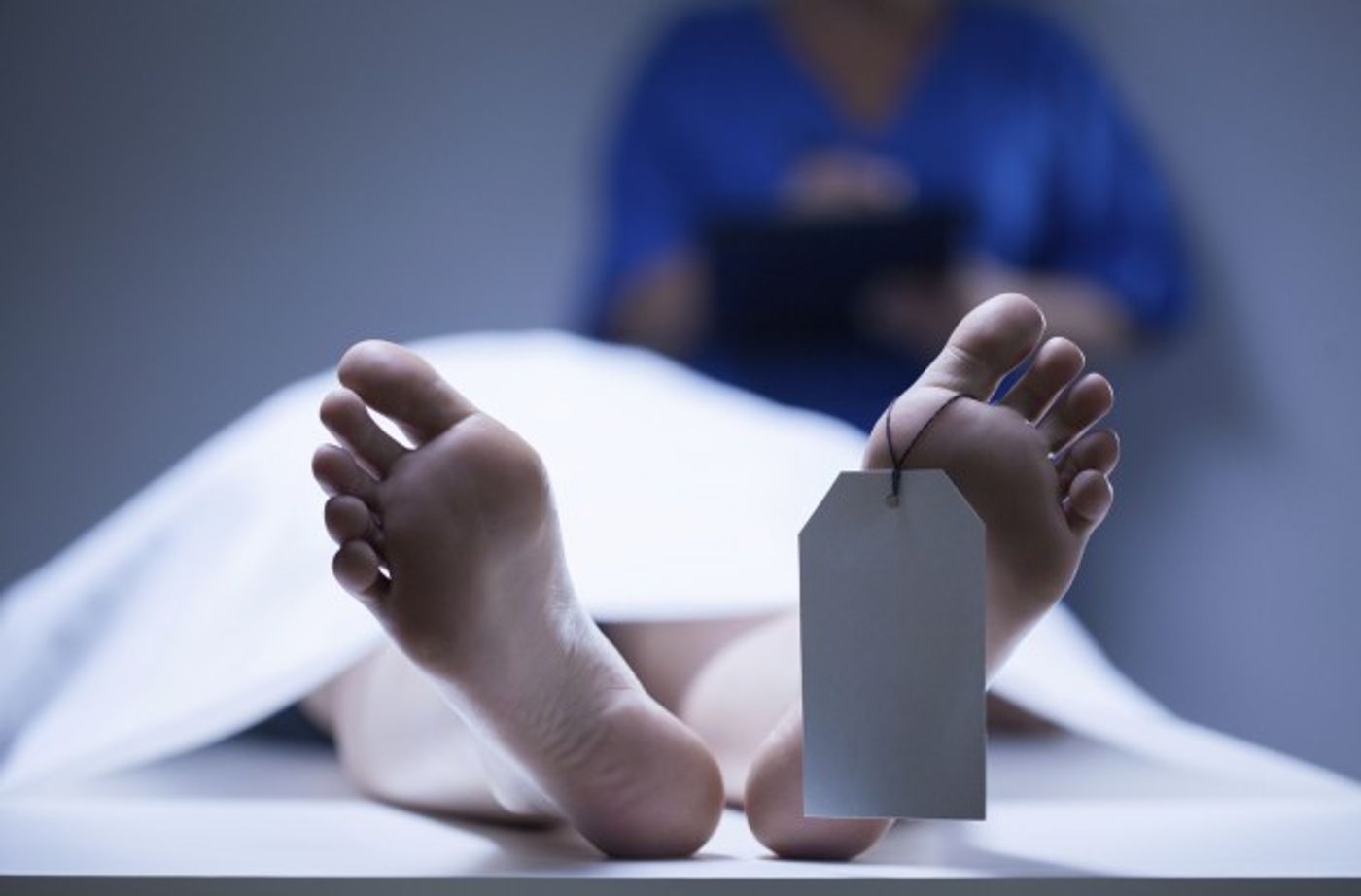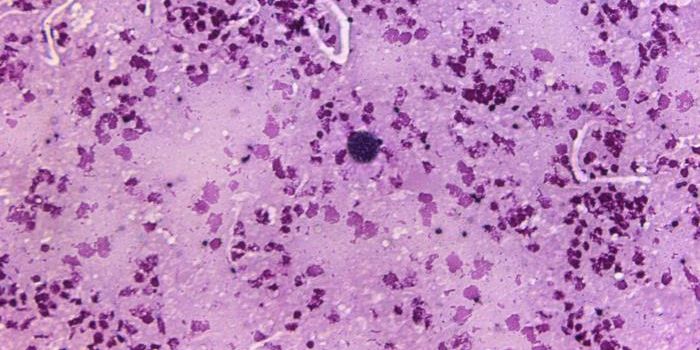The postmortem microbiome
There’s all sorts of hype over the human microbiome - the living human microbiome. That is, most people are interested in what microbes live on and in us while we’re alive. Makes sense, of course. If a microbial imbalance affects the course of some disease, for example, this only matters while we’re alive.
But our microbiome doesn’t just pack up and leave once we (or any other animal) dies - it keeps on doing its thing, munching on nutrients, producing waste products, communicating with other microbes, etc. You might even say that our microbiome outlives us!
Image: iStock
The reality is that our microbiome outlives us because, well, it eats us. Yes, this can be a pretty grim, morbid way of looking at things, but that’s not my intention. Understanding what happens to our microbes after we die can provide a lot of valuable information - time of death, for one thing.
When an animal or person dies, there are really two groups of microbes that come into play - those on the inside of the body and those in the environment. Decomposition is initiated by the thanatomicrobiome (new word alert!). The term “thanatomicrobiome” describes the microbes present in the internal organs and blood after death. Surprisingly, the process of decomposition begins just 4 minutes after death!
During this time, there’s still oxygen available in the body’s tissues, so aerobic bacteria begin to proliferate. As these aerobes proliferate, they produce gases that build up within the body, causing it to bloat. As the oxygen runs out, the anaerobes come to dominate - the Firmicutes and Bacteroidetes proliferate in the abdominal cavity. The gases produced by these bacteria further bloat the body, causing the tissues to rupture.
Once the internal tissues are exposed to oxygen, more aerobes can flourish, including Rhizobiales (nitrogen-fixing bacteria associated with plants), Enterobacteriaceae, and even fungi. If the decomposing body is in contact with the soil, then all sorts of soil microbes join the mix as well.
One study with mice demonstrated that six bacterial phyla are present in so-called grave soil (soil associated with a decomposing body) - Proteobacteria, Bacteroidetes, Firmicutes, Acidobacteria, Actinobacteria, Verrucomicrobia, and Planctomycetes.
The advent of next-generation sequencing techniques has made it possible for researchers to identify all of these microbes. One estimate says that a single gram of soil contains some 8.3 million species of bacteria! Before this technology, the only microbes that could be identified were those that could be cultured. Believe it or not, relatively few microbes, especially those living in the soil, can actually be cultured.
A recent study investigated whether oral microbiota could be used to determine time since death, also known as the post-mortem interval. The study was very small - only 3 human cadavers - but it determined that additional studies are worthwhile.
They found that the oral microbiome of fresh bodies consisted mostly of indigenous oral microbes - Lactobacillaceae, Staphylococcaceae, and Streptococcaceae, to name just a few. When the bodies began to bloat, Peptostreptococcaceae, Bacteroidaceae, and Enterococcaceae (gut microbes) began to predominate. As the oxygen was used up, the anaerobic Clostridiales began to proliferate. Finally, because the bodies were outdoors and exposed to soil, soil microbes dominated during the final stages of decomposition.
Not only is the microbiome a hot topic among the living, it just might change the way we study the dead.
Sources: Molecular Oral Microbiology, Frontiers in Microbiology, Nature Scientific Reports, Forensic Magazine, International Journal of Legal Medicine









